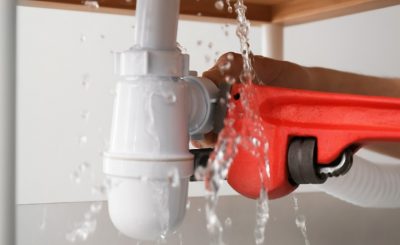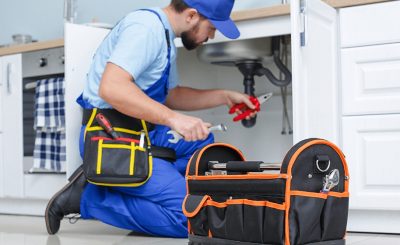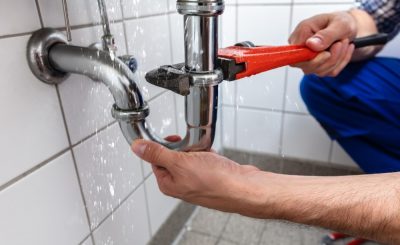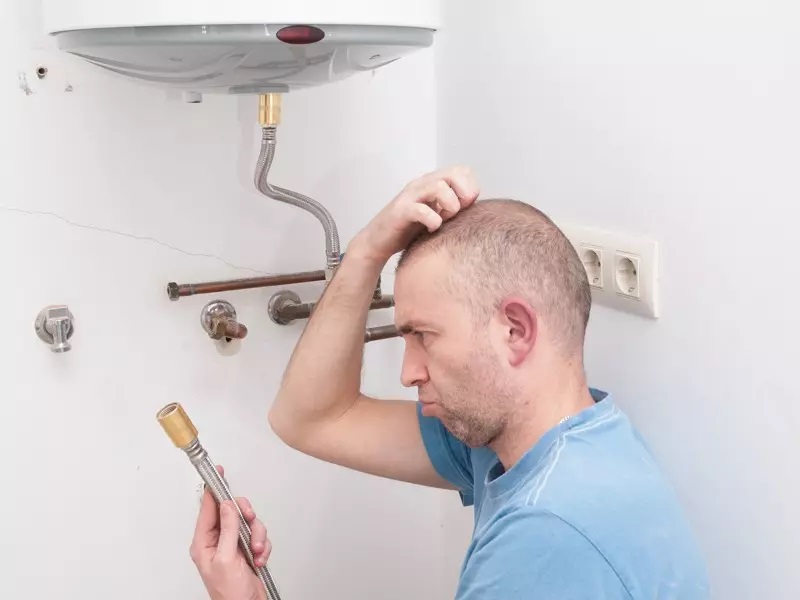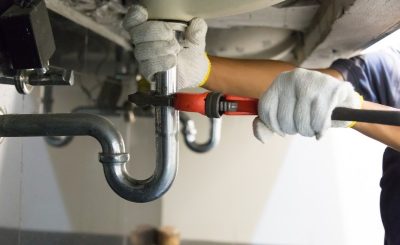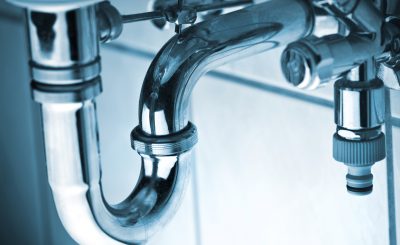Did you know that hidden plumbing movement under your home can cause serious damage to both your slab foundation and main water or sewer lines?
Even small shifts in pipes over time can lead to leaks, structural damage, and expensive repairs. Understanding how this happens and what to watch for can help you catch problems early and protect your home.
How Plumbing Movement Causes Damage
Abrasion And Friction
Pipes naturally expand, contract, and shift within the concrete slab. As they rub against the slab, rebar, or surrounding rocks, the protective coating wears down, eventually causing small holes or cracks, also called pinhole leaks.
Thermal Expansion
Hot water lines experience repeated expansion and contraction due to temperature changes. This movement puts stress on older copper or galvanized steel pipes, which can eventually lead to leaks.
Soil And Foundation Shifting
Expansive clay soils, seismic activity, or poor backfilling can create pressure on pipes beneath the slab. As the foundation moves, pipes may bend, crack, or even break completely.
Corrosion
Certain metals, like copper and galvanized steel, are prone to corrosion from soil or water chemistry. Corrosion weakens pipes over time, making them more vulnerable to movement and pressure damage.
High Water Pressure
Consistently high water pressure stresses your plumbing system, especially at joints. Combined with pipe movement, this can accelerate wear and increase the risk of leaks.
Poor Installation
Pipes that were improperly installed, lacking protective insulation, or made of substandard materials are more likely to fail under stress.
Signs Of Slab Or Main Line Damage
- Unexplained spike in your water bill
- Sound of running water when no faucets are on
- Warm or damp spots on the floor
- Cracks in the slab, walls, or foundation
- Bad odors, mold, or mildew
- Drain backups or gurgling sounds
- Low water pressure
Repairing Damaged Slab And Main Lines
Invasive Repairs
- Jackhammering the slab to access a localized leak
- Tunneling under the home from the exterior to reach pipes
- Excavating a trench to repair or replace main lines
Trenchless Repairs
- Pipe relining creates a new, seamless pipe inside the old one
- Pipe bursting replaces old pipes by pulling a new HDPE pipe through
- Re-routing pipes through the attic, walls, or exterior if under-slab access is difficult
When To Call A Professional
Slab and main line leaks are complex and require specialized equipment. A qualified plumber can diagnose the issue accurately and recommend the best repair method to protect your home.
If you suspect hidden plumbing movement or notice any signs of slab damage, contact Adeedo Drains, Plumbing, Heating, & Air for expert inspection and repair to keep your system running safely and efficiently.



